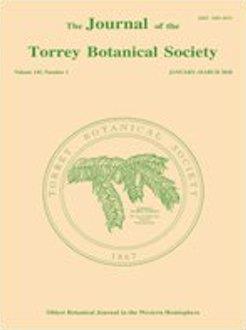Amur honeysuckle (Lonicera maackii (Rupr.) Herder) is recognized as one of the most important invasive species in the Ohio River Valley. Since 2012, outbreaks of the native pathogen honeysuckle leaf blight in the region have been observed, coincident with the report of high levels of L. maackii dieback in an open-grown stand in northern Kentucky. The purpose of this study was to quantify the extent of dieback in the area and to determine whether dieback was also present in stands growing under forest canopies (forest-understory). Data were collected from plots placed along transects for eight open-grown and six forest-understory sites in northern Kentucky and nearby southwestern Ohio in 2014–2016; diameters at stump height (25 cm) of all live and dead woody stems were measured in the plots. For L. maackii in open-grown stands, 30% and 23% of stem density and basal area, respectively, were dead, which was higher than that seen for associated shrubs and small trees; it was also higher than that reported in the 1980s for L. maackii in open-grown stands in the region. Mortality in the larger-size classes was higher than that seen in the 1980s. By contrast, stem mortality of L. maackii in forest-understory stands varied little from that seen in the 1980s. Basal area mortality was similar to associated species. The possible role of leaf blight in the decline of open-grown L. maackii requires further investigation.
How to translate text using browser tools
19 January 2018
High mortality seen in open-grown, but not forest-understory, Amur honeysuckle (Lonicera maackii, Caprifoliaceae) stands in northern Kentucky
Richard L. Boyce
ACCESS THE FULL ARTICLE
decline
dieback
Insolibasidium deformans
invasive shrubs





